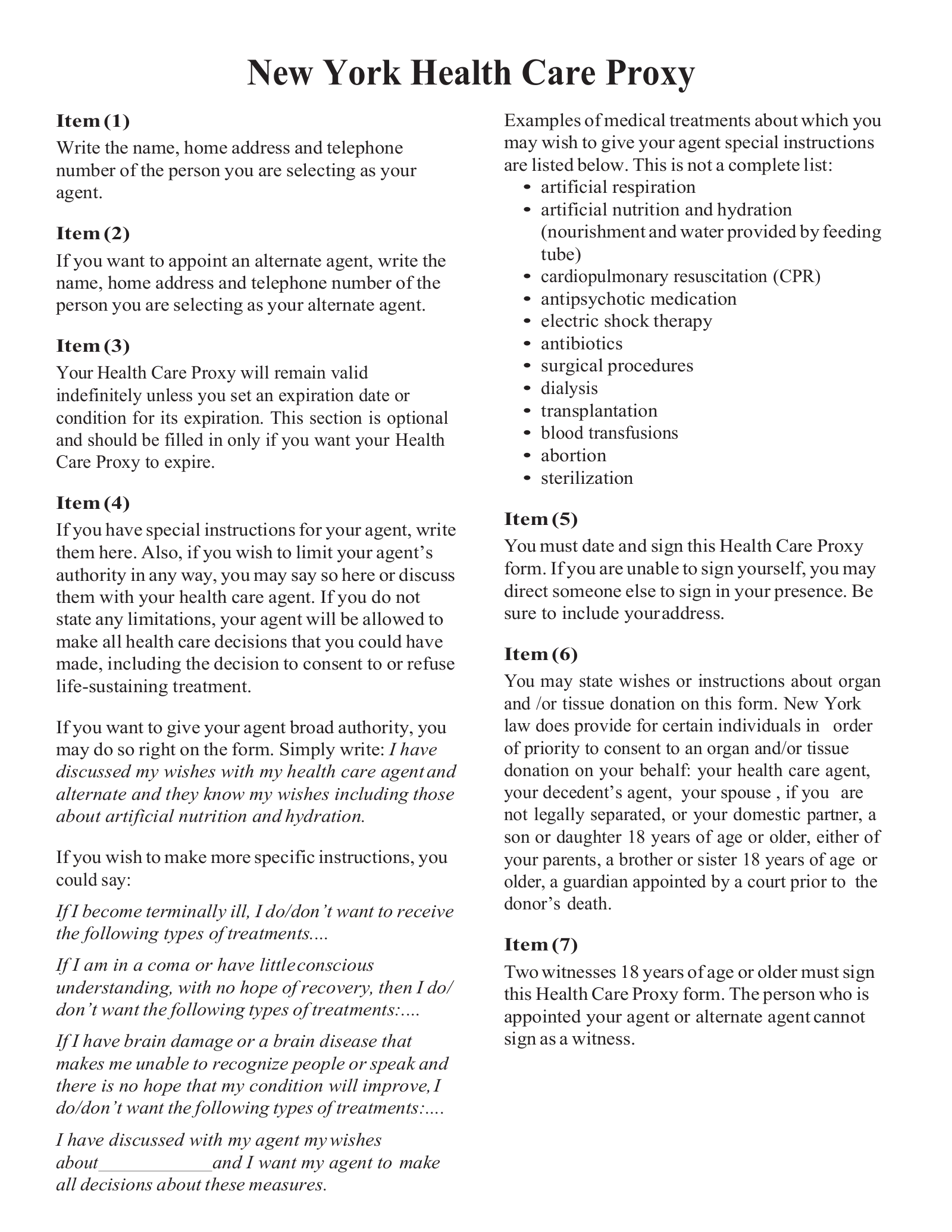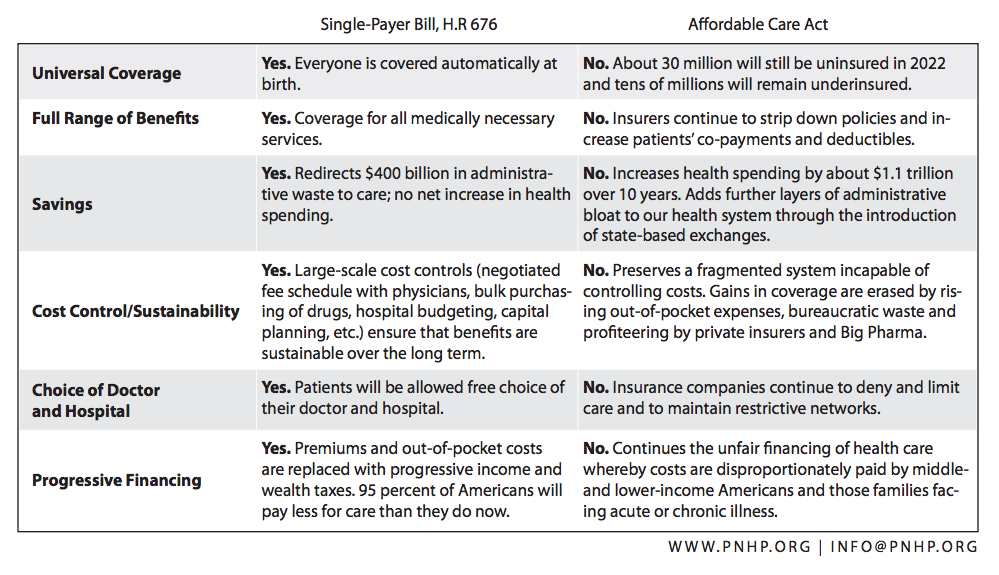Social driverslike racism, sexism, ableism, classism, or homophobiacan perpetuate inequities by focusing on one group over another. These forces are so deeply deep-rooted in cultural practices and norms that numerous individuals might not understand they're occurring. Frequently, these forces are the result of past injustices that still impact neighborhoods today. Take, for example, mid-20th-century inequitable real estate practices.
Scientist Camara Phyllis Jones utilized a gardening example in the American Journal of Public Health to show just how this happens. Envision, for example, two flower boxes: One with new, nutrient-rich soil and another with poor, rocky soil. Seeds planted in the nutrient-rich soil will thrive, while seeds in the poorer soil will struggle.
As this occurs every year, one box of flowers will always be more vibrant than the other due to the original condition of the soil. When individuals are separated and provided various resources to begin with, that is going to have an effect for generations to come. Numerous health results are the outcome of personal choices, like consuming healthy foods or getting sufficient exercise.
Ecological health is the physical, chemical, and biological forces that can affect our health, and they can be a driving force behind health variations. It's tough for individuals to consume healthy food, for example, when they do not have access to it in their neighborhood (locations referred to as food deserts). Disregarded tropical illness (NTDs) are an example of environmentally-driven health variations.
These conditions make it harder for kids to discover and grownups to work, intensifying the effects of poverty on individuals's health and well-being. Closing the gap in health outcomes is no easy task. Causes are often multi-layered. Solutions would require to deal with not just the origin of a provided variation but likewise the context that made it possible in the very first location.
government to improve the health of Americans by the year 2020aims to minimize health variations by resolving essential aspects called social factors of health. Social factors of health are the ecological conditions and circumstances that impact and shape how healthy we are. Numerous things in our social circles and environment can impact our habits and limit our ability to make healthy options.
What Does How Much Would Universal Health Care Cost Mean?
suspect of authority figures) or community style (ex. bike lanes) - when it comes to health care. There are dozens of social elements exacerbating health disparities, but the Healthy People 2020 objectives have put just 5 front and center: financial stability, education, social and neighborhood context, health and health care, and neighborhood and constructed environment. Economic stability describes things like food security, earnings or wealth, housing stability, and job opportunity, and research shows addressing a few of these problems could help in reducing variations associated with a whole variety of health issues.
Likewise, providing influenza vaccination in poorer communities could help lower gaps in hospitalization due to flu. And increasing financial opportunities for financially insecure ladies might help prevent the disproportionately high variety of cases of HIV because population. Purchasing things like language and literacy, early youth education, high school graduation, and greater education could assist close health spaces in a variety of ways.


High school completion programs also have strong returns on investmentoften resulting in enhanced economic benefits that surpass any expenses associated with the programin part due to the fact that of avoided health care expenses. While not always evident, social impacts and dynamics can considerably impact the health of both people and the overall neighborhood.
Since imprisonment can interrupt households and effect access to Drug Abuse Treatment things like education, employment, and real estate, some scientists have actually required policy changes that resolve sentencing laws that disproportionately impact certain Black communities as a method to lower numerous variations, consisting of HIV. Assisting ensure individuals have the ability to see a physician when they're sick is necessary for curbing health variations.
Many medical issues in the United States could be avoided with regular, preventive care like health screenings, vaccinations, and lifestyle changes. The Affordable Care Act tried to expand access to main care by making it easier to get medical insurance and requiring insurance provider to cover the entire cost of preventive services, like high blood pressure screenings and obesity therapy.
More than 28 million people, nevertheless, still do not have medical insurance, and more can be done to ensure increased access to healthcare in the United States. Similar to a person's social environment can affect their health and wellness, so can their physical surroundings. Improving access to healthy foods, supporting healthy eating behaviors, enhancing the quality of housing, minimizing criminal activity and violence, and safeguarding the environment are all things that can be done to improve the ecological health of a community and minimize health variations as a result. a health care professional is caring for a patient who is about to begin receiving acyclovir.
Fascination About A Health Care Professional Is Caring For A Patient Who Is About To Begin Taking Losartan
Building partnerships between city governments, food merchants (such as supermarket), and communities could assist bring more economical and much healthier food alternatives to areas where such foods are scarce. This, combined with increased targeted education on why and how to integrate Mental Health Facility healthy foods into a household's favorite meals, might go a long method to cutting disparities in weight problems rates.
How do you identify in between the two? variations are distinctions among population groups (that is, ethnicity, gender, income) in the incidence, occurrence and outcomes of, diseases, and associated complications of diseases. variations are distinctions amongst population groups in the schedule, accessibility, and quality of intended at prevention, treatment, and management of illness and their complications, including screening, diagnostic, treatment, management, and rehabilitation services.
Health disparities can be connected to sex (male/female), race or ethnicity, earnings, education, sexual orientation or location. See the examples below. Some diseases are more common amongst females than men. Conditions more common in ladies are rheumatoid arthritis, depression and osteoporosis. Liver disease and injuries are more typical in men.
Minority populations often have higher rates of persistent disease. The chart reveals below shows how death rates for diabetes, heart illness and cancer can vary widely by racial and ethnic groups. The chart shows that: Black/African American, American Indians and Hispanic groups are most likely to pass away of diabetes Black/African Americans and White groups have greater death rates for heart disease and cancer For all 3 illness, Black/African Americans have the greatest death rates while Asian/Pacific Islanders have the lowest Source: The Problem of Persistent Diseases and Their Danger Aspects (CDC).
According to the U.S. Department of Health and Human Being Providers, health variations are distinctions in health that are closely related to social or financial disadvantage. Health variations negatively impact groups of individuals who have systematically knowledgeable greater social and/or financial challenges to health based upon their racial or ethnic group; religious beliefs; socioeconomic status; gender; age; psychological health; cognitive, sensory, or physical impairment; sexual preference; geographic place; or other qualities historically connected to discrimination or exemption.
population; therefore, the future health of America as a whole will be affected considerably by our success or failure in enhancing the health of these groups. A national focus on disparities in health status is particularly important as significant modifications unfold in the way in which health care is delivered and funded.